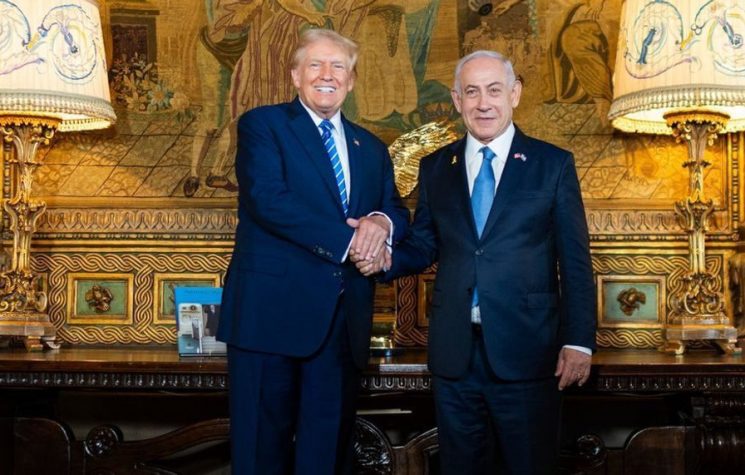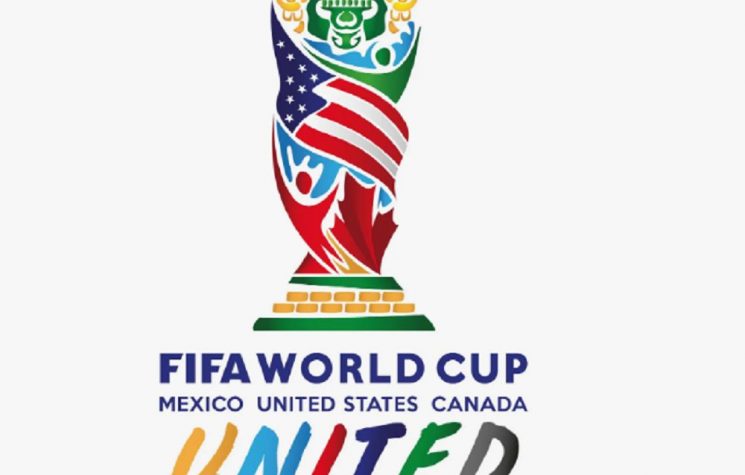The challenge to Western hegemony is perceived as an existential threat, against which all the techniques of subversion and destabilization in the “manual” may be employed.
Contact us: info@strategic-culture.su
A recurring theme in geopolitical debates during the era of multipolar transition has been the view of 20th-century institutions and forums as dead ends incapable of offering solutions to contemporary problems. We see this, for example, in Vladimir Putin’s critiques of the “rules-based international order” when he discusses the Ukrainian issue or sanctions. These structures are seen as mere devices to mask raw Atlanticist interests, hiding behind their reputation a foundational intent to push the world toward a new globalist world order.
One example of these decaying international structures is the G7, the Group of Seven, an international forum that brings together the world’s seven most developed and industrialized economies. The description provided by the IMF (another institution now seen as outdated and widely questioned) is false in principle, as the forum never included China, the vanguard of global development and industrialism today.
In recent years, the Group of Seven (G7) — composed of the United States, Canada, Germany, France, the United Kingdom, Italy, and Japan — has faced significant economic and political challenges, leading many observers to describe it as experiencing a period of relative decline compared to the rapid growth of other emerging global economies, such as China and India, or even Russia. Historically, the G7 represented the elite of global economies, dominating world trade and setting the rules for the international financial system. In the 1970s, when the group was created, G7 countries accounted for about 70% of the global GDP and had enormous influence over monetary policy, exchange rates, and global financial stability.
Today, the group is not irrelevant, as it includes the US, Canada, Great Britain, France, Italy, Germany, and Japan (with the European Union as an uncounted member), representing one-third of global GDP and half of total wealth. However, economics is not the primary consideration here, as the inclusion of the US grants the G7 disproportionate military power and levels of soft power that are still unmatched and globally pervasive. After all, despite contradictions and the expansion of global centers of resistance, we still live in a “McWorld” more than we often realize.
The G7 thus occupies a privileged place among the various intergovernmental forums and institutions tied to what is called “globalism,” that is, the project of global integration under a post-national model of global governance that would establish a cosmopolitan society on a global scale. In this direction, the G7 has served to set guidelines and establish action plans related to the “green agenda,” such as the Paris Agreements, energy transition, and the promotion of liberal-progressive agendas (gender ideology, feminism, abortionism, immigrationism, etc.). The specifically geopolitical realm also highlights the influence of the G7, as seen in its constant attempts to interfere against Russia on the Ukrainian issue, intrusions in Libya, Syria, etc.
However, despite these grand ambitions, the G7’s current situation is very challenging. These difficulties range from more obvious and immediate internal crises to the explosive growth of other countries outside the G7, as well as alternative structures like BRICS.
Deindustrialization and an aging population are two factors directly affecting the growth capacity of G7 countries. Economies like those of the United States, the United Kingdom, and Japan face ongoing challenges due to rising labor costs, leading to the outsourcing of production to countries with lower costs. This deindustrialization has resulted in fewer high-wage jobs in manufacturing, which traditionally provided economic stability to large populations.
Aging populations, in turn, present a dual challenge: a growing elderly population requires more in terms of healthcare and social security, while a smaller working population reduces the tax base. In Japan, for example, aging is among the fastest in the world, prompting policies to encourage a higher birth rate and immigration. However, these responses have been insufficient to curb the negative economic impact of a shrinking workforce.
Conversely, in G7 countries, feminism, abortionism, and gender ideology are stronger than anywhere else in the world, which certainly does not help to ensure stable family relations and a healthy birth rate.
Meanwhile, with 3.2 billion inhabitants, the BRICS represent over 40% of the world’s population. The bloc is also responsible for ¼ of the goods and services produced globally, with a combined GDP of 24 trillion dollars. When it comes to industry, the BRICS account for 1/3 of manufactured goods and 1/3 of agricultural production, with more than half of the world’s agricultural GDP generated by BRICS countries. Indeed, the BRICS are increasingly feeding the world.
In terms of planetary resource reserves, collectively they hold 1/3 of the world’s freshwater reserves, 8% of oil reserves, 27% of natural gas reserves, 21% of uranium reserves, 73% of rare earth reserves, and immense reserves of gold, silver, niobium, lithium, iron, vanadium, nickel, bauxite, tungsten, copper, etc.
But the focus is not just on economics. We must also highlight the military aspect, where China’s Armed Forces are accelerating their modernization, particularly its Navy. Russia’s Armed Forces, engaged in the largest military conflict since World War II, are using this opportunity and the learning curve of real combat to understand Western military apparatuses and develop appropriate responses. It’s worth noting that among the BRICS, three members (Russia, China, and India) are nuclear powers. Brazil and South Africa were pressured to abandon their military nuclear programs during the shift from bipolarity to unipolarity, but they still retain sufficient technology and technical knowledge, awaiting only a greater relaxation of the Non-Proliferation Treaty (or sufficiently sovereign and bold governments), which seems inevitable in an era of conflict and tension.
The greatest weakness of the BRICS lies in soft power. In this area, BRICS nations remain on the defensive, with only modest initiatives and purely spontaneous displays of soft power. The BRICS lack anything comparable to the immense, trained, and well-funded network of NGOs, foundations, institutes, and think tanks the West has in place to keep its own populations passive and subvert other civilizations. The influence of “McWorld,” with its LGBTQ+ militancy and other exotic agendas, is felt even within the core of the bloc countries, with Brazil being the most vulnerable in this regard and China the most resistant.
Nonetheless, despite difficulties and shortcomings, the BRICS represent rising possibilities, while the G7 (and partners) display signs of decline: from the opioid crisis in the U.S. to demographic replacement seen in some European countries, many G7 nations are dancing on the edge of the abyss. All of them witness their political systems falling into disrepute, with their societies polarized and populist and sovereignty-focused alternatives posing revolutionary threats.
The major issue in this shift in world balance is that as G7 countries find themselves unable to compete with the BRICS through direct, traditional political, economic, and diplomatic means, we observe the development of hybrid warfare techniques aimed at destabilizing (or even destroying) adversaries.
This is not a recent phenomenon but rather processes that have intensified over the past 15 years.
Let us consider, for example, the geopolitical role of the Arab Spring starting in 2011. It resulted in civil wars in Libya and Syria and several regime changes. By destabilizing Libya and Syria, the West essentially neutralized two regional enemies (also enemies of Israel) and delivered a significant blow to Russian geopolitics, which relies on a stable Arab Rimland to ensure its southern security.
Shortly after, the West destabilized and implemented a regime change in Ukraine, fearing the consequences of Ukraine’s integration into the Eurasian Union with Russia and Belarus. This destabilization followed the playbook of Polish-American geopolitical strategist Zbigniew Brzezinski, which encompasses a project to encircle and pressure Russia to prevent its recovery of great power status — and, ideally, even fragment it.
“Fragmentation,” in fact, is a permanent threat that seems to be part of the arsenal used by the West against its enemies. Not coincidentally, separatist threats of varying seriousness affect all BRICS countries, as well as several others that, while not part of BRICS, are also anti-hegemonic countries.
Consider the subversive propaganda, funding, and soft power actions related, for example, to Xinjiang and Tibet in China, and recently regarding the so-called “Khalistan” in India, in a game of pressure and subversion led by Canada.
Iran, in turn, faces similar separatist threats with the Kurds and Balochis, so in addition to dealing with the threat from Israel and periodic color revolutions, Tehran also confronts armed insurgencies employing terrorist methods.
The patterns are so repetitive that it can already be predicted that any country seeking to become a sovereign state outside Western oversight will have to deal with a series of color revolution attempts, coups, separatism, and terrorism.
The conclusion, therefore, is that the challenge to Western hegemony is perceived as an existential threat, against which all the techniques of subversion and destabilization in the “manual” may be employed. None of these efforts, however, will be able to stop or reverse the decline of the West in the coming years.



































